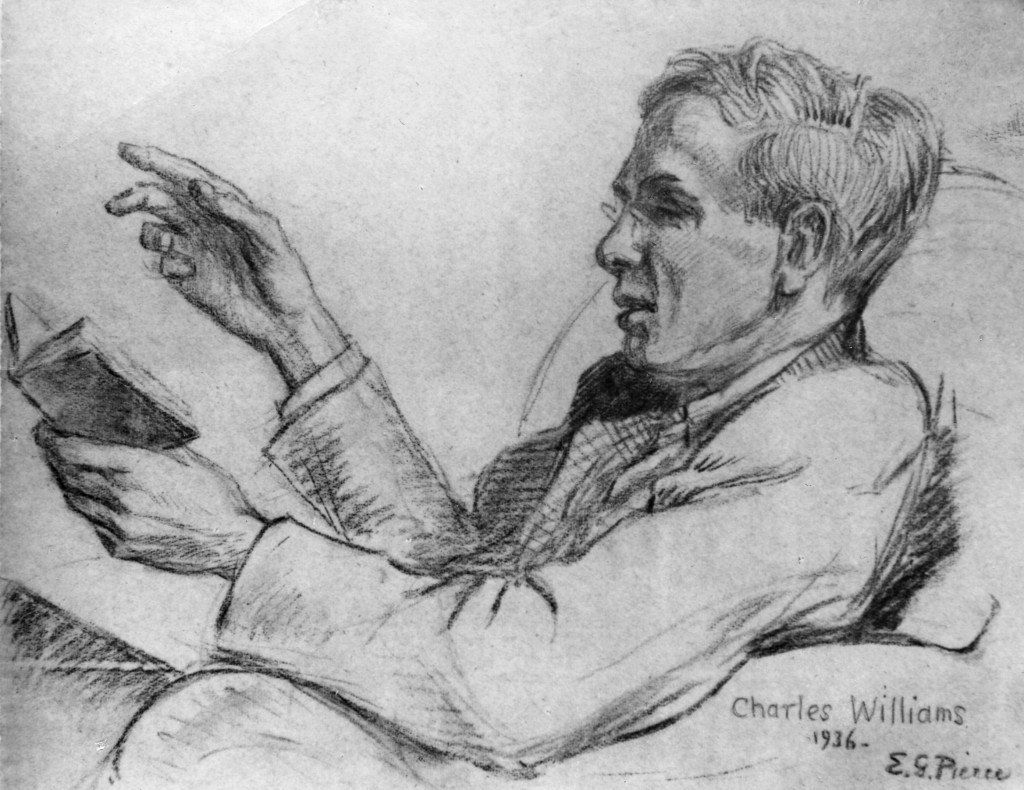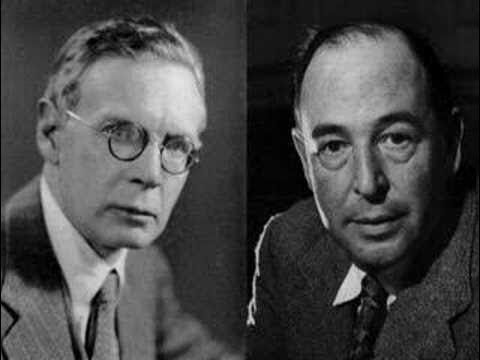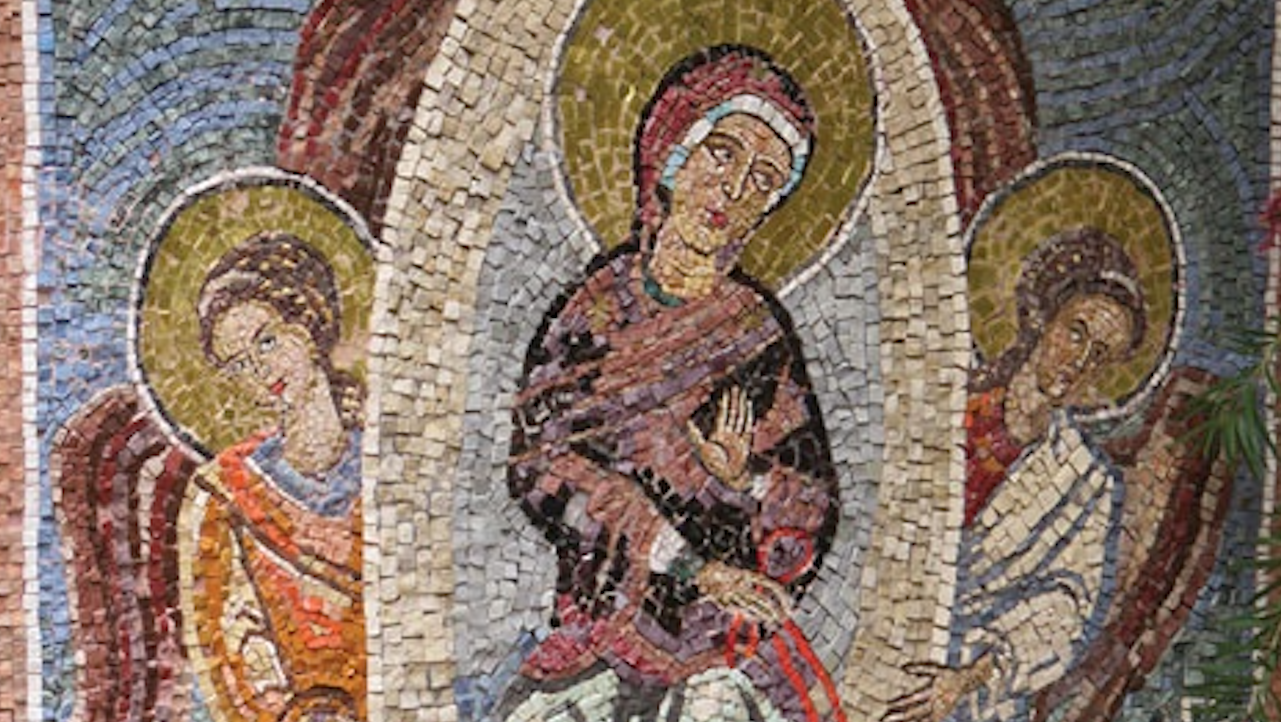WATER AS RELIGIOUS PURIFICATION
Almost every creation myth begins with dark primordial water. Water is the grave. And water is life. The person rinses away the old and is purified with the new. Dust comes clean. The ancients did not segment life into compartments the way moderns do; before they were medicinal, or social, or political, or even recreational, washing and bathing were religious rituals.
Among most ancient cultures, a bath was a rite of passage. Temples and sanctuaries had fonts at their entrances. There was the first bath of a newborn in wine mixed with water, the immersion in water as a religious commitment or vow, the receiving of a guest by washing feet and offering a bath, the ceremonial bath of a bride and groom, the ritual bath after intercourse, the purification bath of a woman after menstruation, the ceremonial bath, the washing of hands as a prelude to prayer and libations, and the bathing of the dead. We find all of these and more in Japanese, Celtic, and Jewish cultures, to name a few. But the golden age of the ritual bath, at least in the West, was in Greco-Roman culture.
And these water rituals continued with the regular use of religious washings as part of spirituality in Judaism, Buddhism, and Islam. But early Christianity chose a different path. In the gospel of Mark, Jesus’ disciples eat bread with unwashed hands (Mk. 7:1-23). In Luke, it is Jesus Himself who eats without the religious ceremonial washing of hands (Lk. 11:37-54). After separating herself from Judaism, the early Christian Church seemed to follow suit. She lost any love for routine religious bathing, partly due to its pagan relationship with sexual debauchery, partly due to her understanding of disease transmission, and partly due to the fact that the Goths who took over Rome (A.D. 537) did not admire bathing and disabled the Roman aqueducts. One does find baptism by immersion up until the 7th century. This is a one-time ritual event. One also finds the “churching ceremony” of a mother coming back to the community forty days after birth, which is a vestige of the ritual purification bath of a Jewish woman after childbirth. And monks did practice the washing of hands and feet of visitors. But in terms of regular purification washings among the faithful, one finds only a small remnant in the Roman Catholic dipping of the finger in holy water before entering the service (and possibly in the washing of hands before a meal).
WATER AS THERAPEUTIC SCIENCE
The place Hippocrates (5th c. B.C.) and later Galen (2nd c. A.D.) play in our cultural history in the West cannot be overstated. The promulgation of the humoral theory of disease and the role of water will be the singular influence on Western medicine and the role of washing, until the advent of the germ theory with Pasteur in 1862 and Robert Koch in the 1880’s.
Hippocrates was a great champion of the bath, including a combination of hot-water and cold-water immersions to help balance the humours. The therapeutic bath often included herbs, oils, and perfumes thought to be medicinal. It would be inaccurate to view this as a non-religious “scientific view” since much of the water therapy was connected to Temples of Aesculapius and other gods. Later, during the scientific revolution and renaissance of Greek ideas of the 17th & 18th centuries, a science of bathing will develop called balneology.
In America, we can see the advent of a hygienic movement summarized by the slogan “cleanliness is next to godliness.” And the rise of hydrotherapy and spas brings us to our present moment. Even here, none of these therapies will lose their religious ancestry. “Cleanliness is next to godliness” was preached first in a sermon by the minister John Wesley (1703-1791). Hydrotherapy hit its heyday with the Seventh Day Adventist leaders such as Dr. John Kellogg (1852-1943). And today’s spas are wrapped and scented in New Age philosophy, which is just another rebirth of Roman gods. Americans, even after the “germ theory” becomes firmly cemented and sterilized in empirical scientific medicine, still long for “healing water” to be delivered by men in cassocks and women in airy gowns. Our germs will never be distilled from our gods.
BATHING AS A POLITICAL STRATEGY
The peace of Rome (Pax Romana) was exemplified best in its approach toward baths. Whether rich or poor, male or female, slave or free, Rome provided everyone a bath. The great age of the Imperial baths began around 25 B.C. when Agrippa, who succeeded Caesar Augustus, opened the baths that bore his name. They were either free or had a very low admission price. The Roman aqueducts provided massive amounts of water to be distributed throughout the public baths of Rome. The development of concrete allowed open structures to be built that could be heated from underneath. The early bathhouses were about 400 feet by 330 feet. The baths of Rome were attended by paid public servants (a bath man) who could assist you in pouring either warm or cold water for a shower, watch your clothes to prevent them from being stolen, and provide you with a towel. Soap had not made its way to Rome; instead everything was oiled and your skin was scraped with an instrument called a strigil which many brought from home. By the second century B.C., the Roman bath had become an ordinary expected part of everyday life by everyone.
BATHING AS A SOCIAL LUBRICANT
Baths, wine, and sex—and all in civic honor of the gods. The bath was the epitome of the civilized life. It is difficult for a modern to understand the centrality and enormity of the social life surrounding the public baths. Consider eating out at a restaurant. It is the place of relationship, of business deals, the exchange of ideas, romance, mental restoration, or just getting drunk. And like restaurants today, some were private high-class establishments (privately owned) and some were glorified bars to pick up some action. An opening line in ancient Rome might be: “Do you bathe here regularly?” The baths were a social buffet complete with snacks, wine, games of dice, lectures on philosophy, and lots of oily mixed bathing. Some baths separated the men and women; and some had different times of day for men and woman, or servants and businessmen. And some were closer to brothels.
Now visualize a mall, or the largest YMCA fitness club you have ever seen. The bathhouse of early Rome developed into a colossal social open-exercise gathering called a thermae. When not at home, you were at the thermae
with gardens, pools, libraries, snack bars, meeting rooms, and exercise yards for men to wrestle and work out in the nude. If you needed a haircut, or medical treatment, or sex—it was all there. You could wind-down after a busy day, or talk politics and philosophy, or flirt. You could run into famous politicians, singers, or athletes. The sweat, dirt, and oil that was scraped off the skin of favorite gladiators or athletes was put into bottles and sold. Some young woman used their idol’s bottled sweat as facial cream (like wearing the B.O. of The Beatles)! Some thermae
had individual half-baths which came up to your waist and could seat 3,000 individual bathers!
And if you could afford it, you had a private bath in your own home. Again, much like home exercise equipment that you use when you don’t make it to the gym. Or a pool in your back yard, when you are not hanging out with your friends at the water park. You could use your private home bath; or you could go out on the town to the social “hydrodome”.
THE DARK AGES OF THE BATH
So what happened to this golden age of bathing—which sounds strangely similar to water parks and Spring Break beaches today? When in the West did the idea of bathing go down the drain? Some have blamed the Christian Church, but there was a considerable variety of belief among early Christian leaders.
• Saint Tertullian (A.D. 155-240) writes that Christians are not a danger to Rome: “We live with you in the world, abjuring neither forum, market, nor bath.”
• Saint Cyprian (A.D. 200-258) writes to a young woman who goes to a mixed bathing bathhouse and pleads her case that she is not affected negatively by mixed baths: “in delighting others, you yourself are corrupted.”
• Saint Jerome (A.D. 340-420), responding to the popular humoral idea that a hot bath stimulated sexual passions, forbids virgins to take hot baths; and he was concerned that looking at yourself naked might provoke undo interest in your own appearance. His teachings lead to the idea, particularly in Western Christianity, that a clean body led to an unclean
soul.
• Saint John Chrysostom (A.D. 344-407), a very powerful figure in Eastern Christianity, responding to the emperor Theodosius who closed the bath-houses in A.D. 387, protested against
the closing of the baths—stating that is was “too great a hardship on the sick, old, children and nursing mothers.” For his outspoken obstinance, Theodosius sent Chrysostom into exile. The many priests loyal to Chrysostom staged a public protest in the public baths, which were also the sites of baptism during the midnight Pascha
(Easter) service. Perhaps the most powerful theologian in the history of Eastern Christianity was exiled not over his theological views, but over his outspokenness to keep the public baths open.
Over the next 100-200 years, after the Goths sacked Rome and the Holy Roman Empire had lived through the plague under Justinian, thoughts on bathing continued to turn negative. Under the rule of St. Benedict (A.D. 528), monks were forbidden to take warm or hot baths, and were limited to no more than three cold baths a year on Christmas, Easter and Pentecost. They continued to wash the hands and feet of visitors, and advocated for warm baths for the sick (based upon humoral theory). In European Christianity, dirt was viewed with humility and there are many accounts of saints who never took off their clothes or had a bath during their entire adult life.
Eastern Christians, particularly around Syria, Judea, Egypt and Arabia, continued bathing using the haman, a Turkish bath that was a Roman-Islamic hybrid. Jews continued bathing, particularly young women who would take no less than twelve baths a year before the ceremonial mikveh, if they were menstruating. The Talmud scholar was not allowed to live in a city that did not have a public bath and public toilets. During the Inquisition, Jews and Muslims are known by the moniker “those known to bathe” as a type of obvious public shaming.
For all of Europe and Western European Christianity, the dark ages became the “dirt ages” which have been satirized by modern historians as “a thousand years without a bath.” And the primary reason for this might have been syphilis, in which the infectious pathogenesis was unknown but presumed to be connected with public baths. Public baths did continue to be on-again/off-again, as was mixed bathing, in various parts of Europe. But the public bath was more of a brothel or stewhouse
as it was called (think of a massage parlor rather than a nice restaurant). There is some truth the idea that bathhouses were connected with syphilis epidemics, but it was not the warm waters that imbalanced your humours—it was what was happening in the warm waters. And while we clearly think of syphilis, and bubonic plague, and cholera as separate diseases, among the masses before such thing as a germ theory existed, all diseases were “plagues” of the body.
Phillip VI in A.D. 1348 convened the finest physicians in Paris to investigate the scientific origins of such plagues. The brightest scholars of the time concluded that is was the alignment of the planets, the bad miasma (foul smells of city life), and the pores in the skin opened by hot water. Various kings throughout many countries in Europe closed the baths periodically as a public health measure.
Gentlemen and ladies wore daily fresh white linen clothes thought to absorb the “putrifaction” of the body. Bathing was still avoided so that the accumulated dirt and filth would stop up all the pores and prevent the miasma from affecting your humours. Showing a little white ruffle of linen was a social badge of proper hygiene and social class. But everyone, rich or poor, was wretchedly filthy, and reeked of their own excrement. The most expensive medical opinion of the day held that bodily secretions furnished a layer of protection, like a tree with mossy layers of bark. The only difference was that the wealthy had on cleaner shirts. Water was now viewed not as a cure of illness, but rather the gate by which disease entered.
THE ROMANTIC PERIOD
After “a thousand years without a bath,” ideas began to change. The Romantic period was an age in which nature was embraced and the sublime became attractive. The sea which had been forever avoided by those cultured, due to its turbulent murky forces with sea monsters and chaos, was now viewed as a lovely, dark beautiful mystery and the beach became a place of travel. Water in all of its forms was something to fall in love with. To perspire was the body “raining” its natural substances. One must “sweat out the poison.” One must throw the pores open to let out putrefaction and let sunlight in. Hygiene was nature’s medicine contrasted with the technological barbarism of blood-letting and purgatives. Proper hygiene was not a science, but rather a moral virtue.
WASHED UPON AMERICAN SHORES
This was the era in which John Wesley preached his “cleanliness is next to godliness” (A.D. 1791). And this is the era in which Napoleon and his wife Josephine made the private steam bath and the bidet fashionable and “romantic.” Opulent bathing was no longer the activity of women of ill repute. The average woman could now bathe but only if she kept on all her clothes. This is where we get the term “bathing suits” as well as “bathrobes.” And with running water piped in, the bidet, which used to be the chamber pot kept beside the bed or in a closet next to the dining table, was now placed in the “bathroom”; the English call it “the water closet.” It was in fact the invention of plumbing and all the newly built housing in America that turned Americans from looking like the “dirty” Europeans into being known for their obsession with bathing. Cleanliness was wrapped in the towel of patriotism, purity, and health. Being sanitary took on an American messianic tenor. Booker T. Washington became the Apostle of Sanctity with the gospel of the toothbrush to the black slave. He loaded the Ark and helped the Negro stay afloat among the storm of an ivory white civilization.
One Sunday morning, Harley Proctor heard a sermon as the minister preached from Psalm 45: “All thy garments smell like myrrh, and aloes, and cassia, out of the ivory palaces, whereby they have made thee glad.” And thus was born “Ivory Soap” made by Proctor & Gamble.
By 1940, more than half of American homes had a complete indoor “bathroom.” By 2005, one in four American homes had three or more bathrooms. And by then, entire bedrooms were sacrificed to create a master bath that even the Romans would have been proud of. While the progression of the humoral theory took us from a divination to a villanization of water and back again, it has not been completely linear—but like water and a tide, it has ebbed and flowed, until the landscape has completely changed in one direction, and then later back again.
One thing is certain—today, the bathroom of America has rivaled anything out of Athens. The germ theory rather than de-mystifying the washing rituals of purification, have amplified the glory of hygienic worship. The shower is a sanctuary; the commode her throne. Any unclean odor emanating from the mouth, the armpits, or the nethermost regions of glandular activity, are immediately wiped, sprayed, waxed, and scented with a ritualized procession of pads, tissues, scents, oils, lotions, and pastes. The scientific objectification of germs has only magnified the holy laws of disinfection. The preparation of purification for the rites of passage to either allure others to your body or God-forbid to not offend someone with even a hint of stench, the punctilious details of this modern adornment would make Jewish Talmudic scholars of the Law appear careless.
Religious fervor, medicinal healing, political ramifications, social gathering —if ever there was any doubt of how history can repeat itself, just say the words “social distancing, mask, and wash your hands with soap for 20 seconds…”









